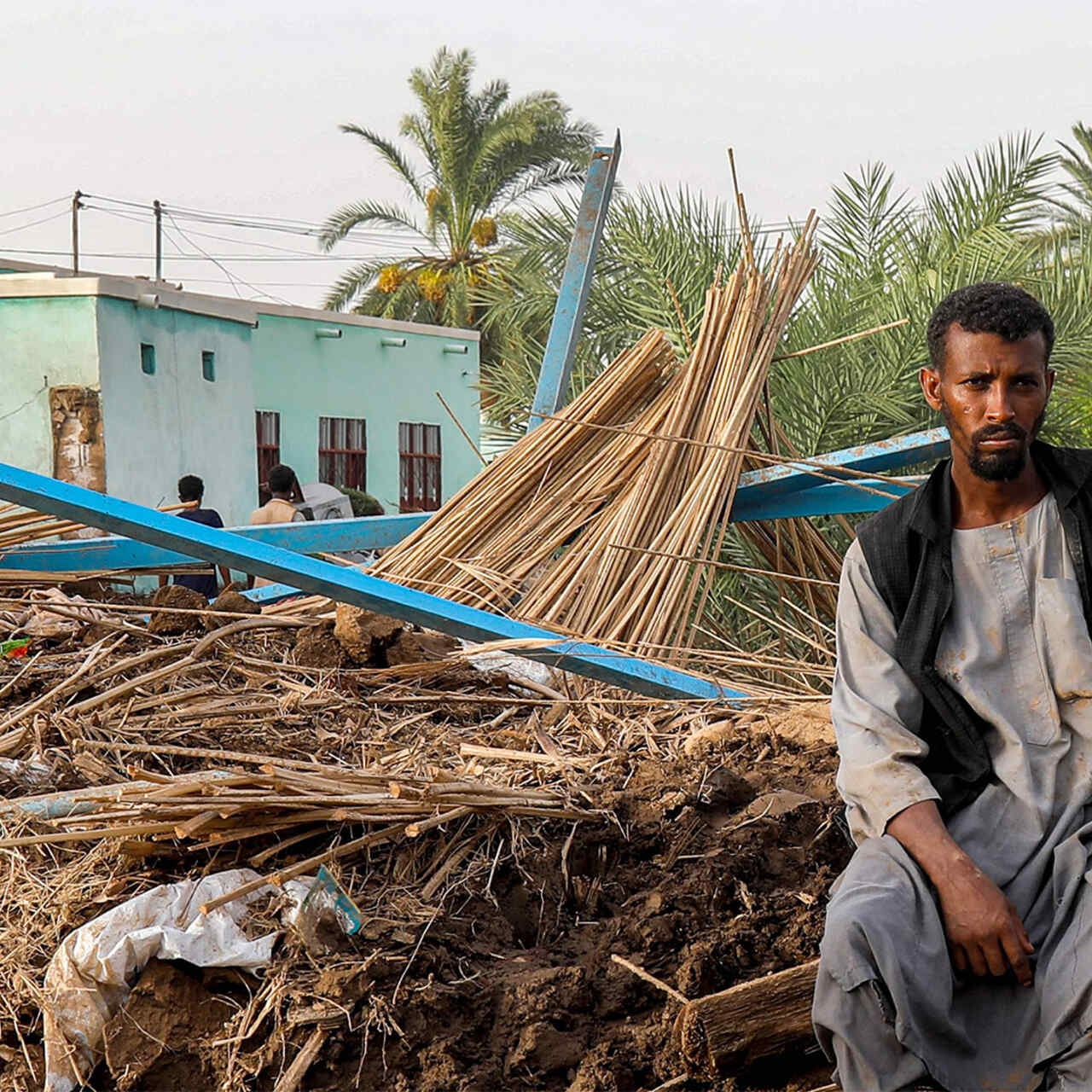
The top 10 crises the world can’t ignore in 2024
Learn about the world’s worst crises and what can be done to help.

Learn about the world’s worst crises and what can be done to help.
Each year, the International Rescue Committee analyzes 190 countries and territories to identify the countries at greatest risk of experiencing a new or worsening humanitarian crisis in the coming year. We identify and rank the 20 countries most at risk in our Emergency Watchlist.
Editors note: the IRC has published "The top 10 crises the world can't ignore in 2025".
To compile the list, we use a multistage process of quantitative and qualitative analysis, including consulting our staff on the front lines of crises. In recent years, this report has predicted 85-95% of the countries facing the worst deterioration and influenced the way the IRC responds to the world’s most pressing crises.
Watchlist countries are home to just 10% of the world’s population but account for approximately 86 percent of all people in humanitarian need globally, 75% of displaced persons, 70% of people suffering from crisis (IPC 3) or worse levels of food insecurity—and a growing share of global extreme poverty.
Below, we break down what you need to know about the 10 countries likely to face the worst humanitarian crises next year. Learn more about the 2024 Emergency Watchlist.
Intense fighting broke out in eastern Democratic Republic of the Congo (DRC) in 2023, following the collapse of a truce between the government and the armed group M23. This exacerbated a protracted crisis that had already exposed millions of Congolese to conflict, political tensions, economic pressures, climate shocks and persistent disease outbreaks. The country enters 2024 with 25.4 million people in need of humanitarian assistance—more than any other country on earth.
The magnitude of the crisis has strained services, creating high levels of food insecurity and fueling the spread of disease. Meanwhile, shortfalls in humanitarian funding and rampant insecurity have limited the ability of humanitarians to reach communities in need.
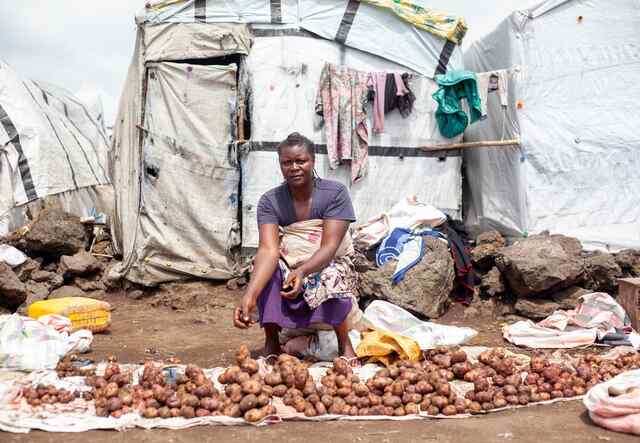
The IRC is providing emergency health care, shelter and supplies to thousands in eastern Congo. We also promote peace-building and economic recovery. Initiatives include health care training, rehabilitating medical facilities, aiding sexual assault survivors, reproductive health services and empowering girls' education.
Across Ethiopia, livelihoods have been decimated by three consecutive years of drought alongside multiple conflicts and, now, there is a risk of El Niño-induced flooding.
The November 2022 ceasefire between the Government of Ethiopia and the Tigray People’s Liberation Front (TPLF) continues to hold in northern Ethiopia, but other conflicts, particularly in the central Oromia region and in Amhara in the northwest, are fueling humanitarian needs and raising the risk of a return to large-scale fighting. Persistent inflation is further deepening the crisis.
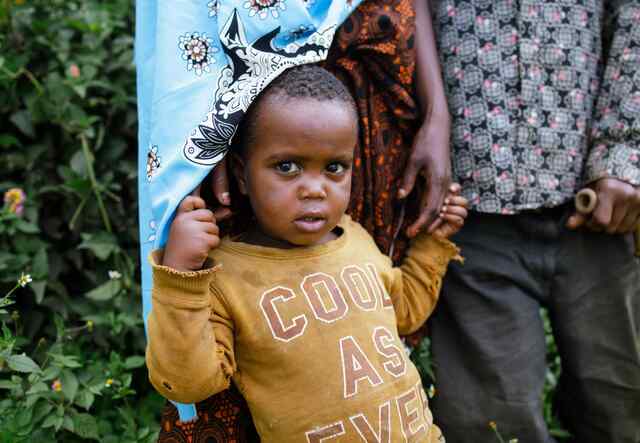
The IRC delivers a multifaceted response in Ethiopia, combining emergency relief with long-term resilience-building initiatives. Our programming encompasses emergency rapid response, water, sanitation and hygiene, health and nutrition, education, protection and economic recovery services.
Niger’s July 2023 coup has triggered political tensions with neighboring countries and led to the withdrawal of international security assistance. New sanctions and border closures have also severely limited the amount of nutritional aid and medical supplies entering the country. Public spending has decreased by 40%, weakening key services.
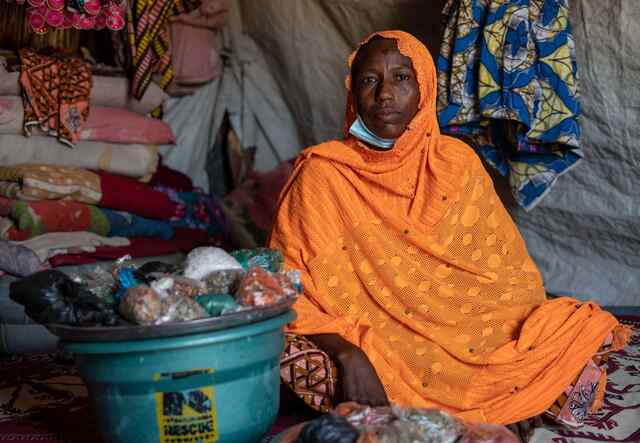
The IRC is one of the largest humanitarian organizations in Niger, supporting over 270,000 people in 2023. Our services include cash distribution, seed distributions to farmers, support to health centers to protect children from malnutrition, and to schools to improve children’s literacy. The IRC also builds and rehabilitates water supply infrastructure and provides protection programs for women and children.
After facing five consecutive failed rainy seasons, Somalia is now experiencing widespread flooding. These repeated climate shocks have devastated agricultural lands, damaged critical infrastructure and driven humanitarian needs.
The country enters 2024 with 4.3 million people facing crisis levels of food insecurity and a limited ability to restore food production. An ongoing government offensive against the armed group al-Shabaab risks driving civilian harm and displacement, further worsening conditions for 6.9 million in need of humanitarian aid.
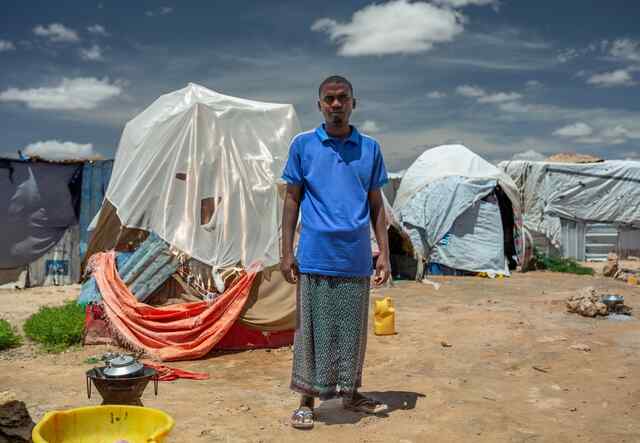
The IRC in Somalia is scaling up our programs to address drought and rising food insecurity, including expanding to new areas to meet severe needs. We provide health, nutrition, water and sanitation services, women’s protection and empowerment, and cash assistance to drought-affected populations across the country.
In Mali, security and economic crises have left 6.2 million people in need of humanitarian support. The recent withdrawal of the U.N. peacekeeping force has raised safety concerns, especially of renewed fighting between the government and Tuareg armed groups in northern Mali. Already, armed groups are besieging towns and cutting off humanitarian access while half of the country is living in poverty.
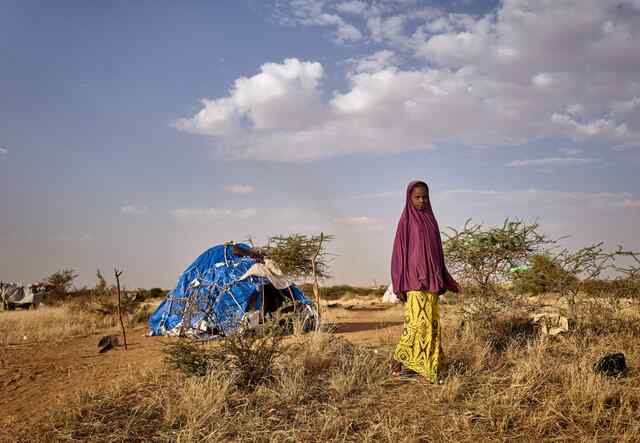
Since 2012, the IRC has provided critical assistance to more than 2 million Malians displaced by conflict and facing severe food shortages in the areas of health, nutrition, economic recovery and development, education, water, sanitation and hygiene, and protection and governance. To help the country recover, the IRC is focusing our efforts on the Ménaka, Gao, Douentza, Mopti and Nara regions by providing emergency relief, supporting village savings and loan associations, and providing water, sanitation and hygiene services as well as health services.
The conflict in Myanmar (Burma) has spread significantly since the military retook political power in 2021. In October 2023, three major armed groups resumed clashes with the government, putting state military forces under significant pressure and causing increased civilian harm. 18.6 million people in Myanmar are now in need of humanitarian assistance—nearly 19 times more than before the military takeover.
Over 335,000 people have had to flee their homes since the latest escalation began, leaving more than 2 million people displaced across the country. Security has rapidly deteriorated, with severe impacts on civilians and their access to basic services and humanitarian aid. Meanwhile, climate change means that communities in Myanmar are exposed to more frequent natural hazards, particularly cyclones.
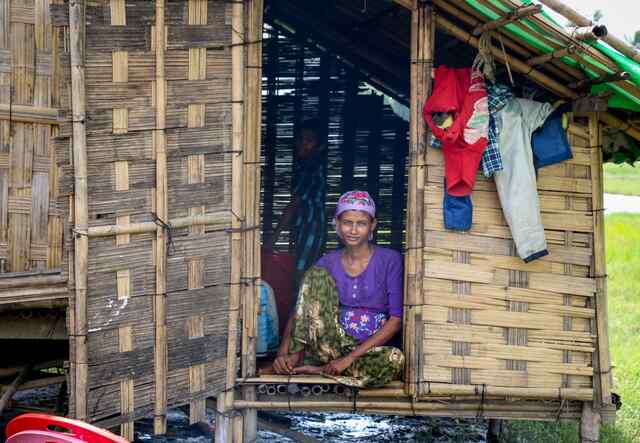
The IRC has been working in Myanmar since 2008 to deliver health, protection, water, sanitation and hygiene services, as well as shelter programs for displaced, crisis-affected and vulnerable communities. Our current programming in Myanmar has a strong humanitarian focus and aims to reach people affected by the national crisis and escalating conflict that has spread across the country.
Burkina Faso is facing rapidly growing and spreading violence as the Burkinabe military struggles to contain armed groups. Roughly half of the country is now outside government control, with armed groups including Islamic State in the Greater Sahara (ISGS) and Jama'at Nusrat al-Islam wal-Muslimin (JNIM) blockading cities and towns and preventing residents from accessing basic goods and services.
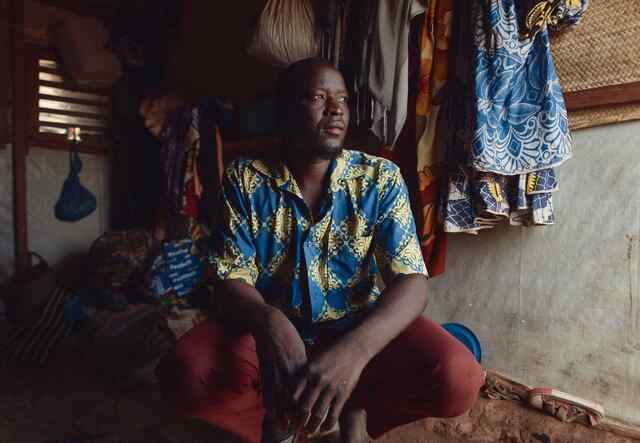
In Burkina Faso, the IRC implements lifesaving interventions and emergency assistance in health, nutrition, safety, education and economic recovery. Our work in the country has a particular focus on working with local partners, mainly women-led organizations.
South Sudan has faced insecurity since its independence from Khartoum in 2011. Going into 2024, the war across the border in Sudan threatens to undermine South Sudan’s fragile economy and worsen political tensions. Meanwhile, an economic crisis and increased flooding have impacted families’ ability to put food on the table.
Currently, 9 million people in South Sudan are in need of humanitarian assistance. This amounts to 72% of the population.
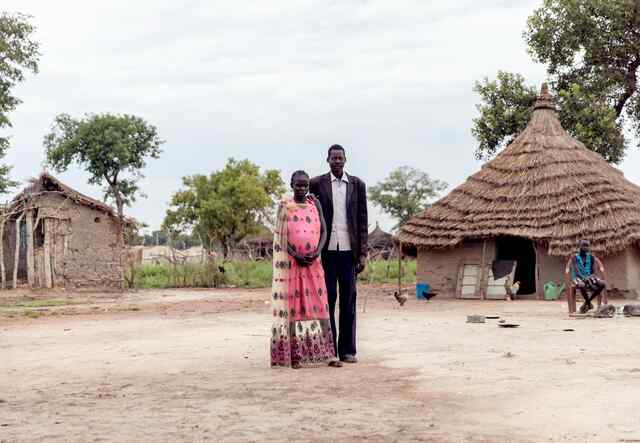
With more than 900 full-time staff members, the IRC in South Sudan provides critical primary and reproductive health, nutrition, environmental health, protection, and economic recovery and resilience services. We partner with national and state authorities, as well as local organizations, to strengthen health systems and support displaced populations.
Gaza enters 2024 as the deadliest place for civilians in the world. Residents are enduring the brutal consequences of the latest round of conflict between Israel and Hamas, which is being fought without sufficient regard for the international laws and norms built to protect civilians even in the most dire circumstances.
Israeli forces began airstrikes and ground operations after Hamas launched a deadly ground incursion and rocket barrage on southern Israel on October 7, 2023, killing 1,200 people and taking over 200 hostages. Israeli operations have since caused severe destruction and widespread death and displacement throughout Gaza, particularly in the north, killing over 18,000 people at the time of publication (December 14, 2023).
Diplomatic engagement brought about a temporary truce in late November 2023 and the release of some hostages, but fighting is likely to continue at least into early 2024. The oPt rises to its highest-ever position on the Emergency Watchlist because the humanitarian emergency will persist long after the fighting eventually stops.
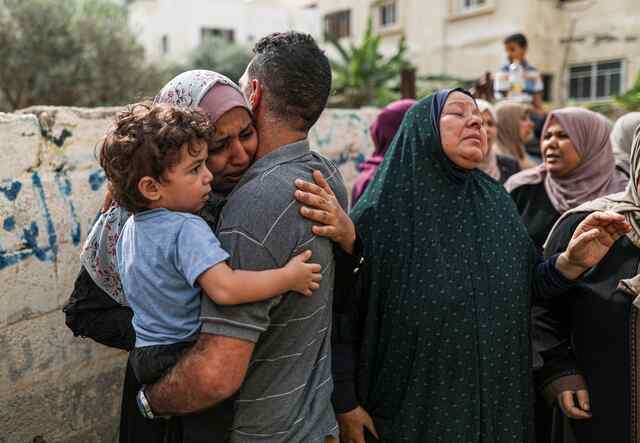
The IRC and our partners in Gaza are working in hospitals to provide life-saving medical care and deliver critical medical supplies. This has included deploying an Emergency Medical Team (EMT), in partnership with Medical Aid for Palestinians (MAP), to provide emergency medical care. Composed of trauma doctors, surgeons, pediatricians and water and sanitation experts, the team are offering surge and relief support to hospitals and providing life-saving medical care to injured Palestinians.
The IRC is also supporting partners to deliver food and provide critical services in emergency shelters including cash assistance and psychosocial support for people to meet their basic needs.
Learn more about our response in Gaza.
The ongoing war between the Sudanese Armed Forces and Rapid Support Forces has propelled Sudan to the top of the 2024 Emergency Watchlist—and pushed the country to the brink of collapse. Less than a year of fighting has already more than doubled the number of people in need of humanitarian support.
In Darfur, human rights groups have reported mass killings and forced displacement along ethnic lines. The crisis is expected to dramatically deteriorate through 2024, leaving millions with insufficient food and unable to access critical health and other services.
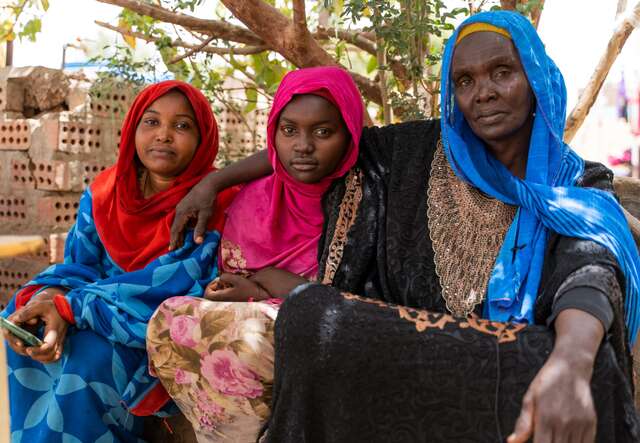
The IRC has adapted its programs and scaled up its response to address increased humanitarian needs in Sudan, refocusing on the emergency needs of internally displaced people. We also provide integrated protection services to women and children, including gender-based violence survivors. We have launched new responses including multipurpose cash assistance and water, sanitation and hygiene services, and are aiming to expand our presence in new locations, such as Red Sea State and Darfur, to fill gaps in the humanitarian response.
Donate now to support the IRC's life-changing work in Sudan and worldwide. We are on the frontlines providing critical aid to crisis-affected people in more than 40 countries around the world.
Read our full analysis in the 2025 Emergency Watchlist.
*Pseudonym used for privacy